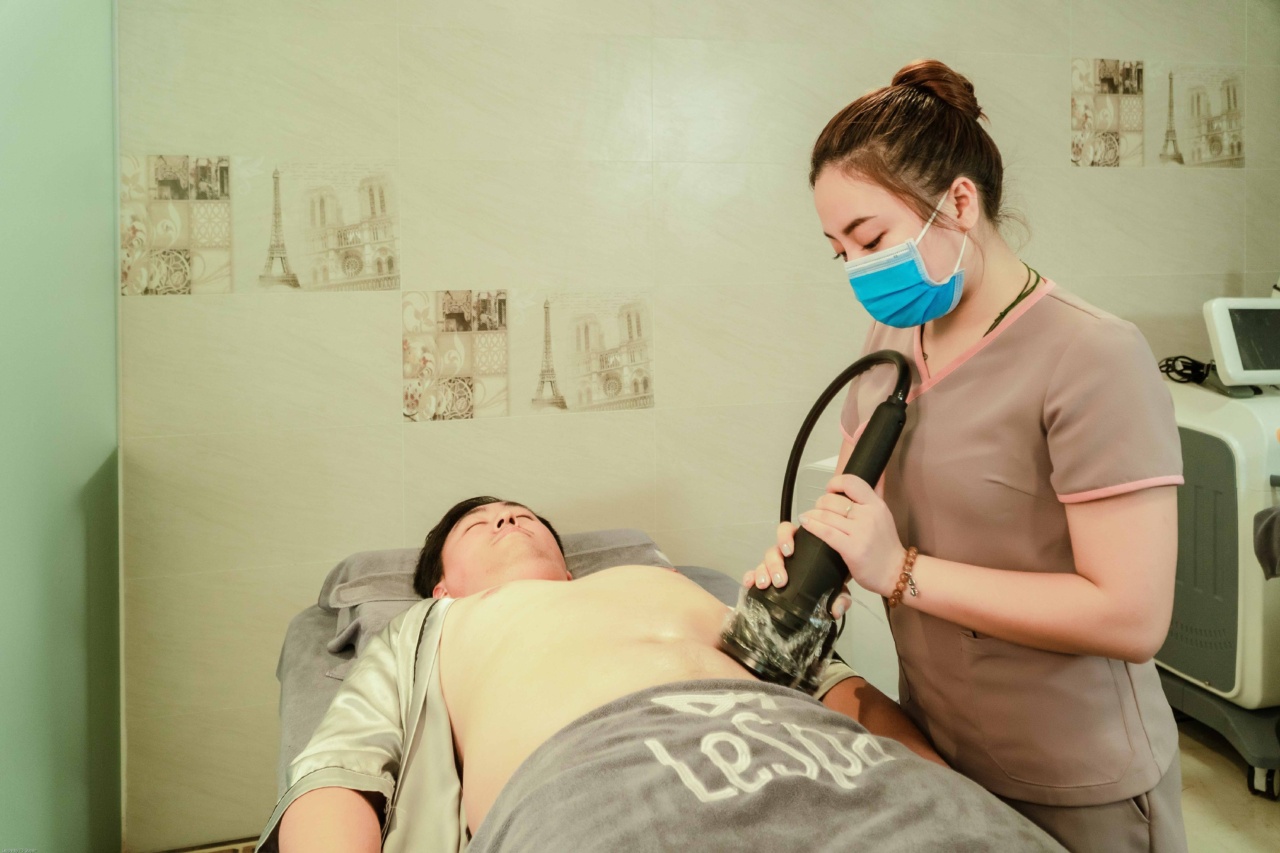Vaginitis is a common condition that affects many women at some point in their lives. It refers to the inflammation or infection of the vagina, often accompanied by symptoms such as itching, irritation, discharge, and discomfort.
Understanding the causes, recognizing the symptoms, and seeking appropriate treatment is crucial for managing and preventing further complications of this condition.
Causes of Vaginitis
There are several factors that can contribute to the development of vaginitis. These causes can be categorized into three main types: infectious, non-infectious, and hormonal.
Infectious Causes
1. Bacterial Vaginosis (BV): BV is one of the most common causes of vaginitis. It occurs when there is an overgrowth of certain bacteria in the vagina, disrupting the natural balance of microorganisms.
2. Yeast Infections: Candida is a type of fungus that naturally resides in the vagina. However, certain conditions can cause an overgrowth of yeast, leading to a yeast infection.
3. Trichomoniasis: This sexually transmitted infection (STI) is caused by a microscopic parasite called Trichomonas vaginalis. It can be transmitted through sexual contact and often presents with symptoms such as itching, burning, and frothy discharge.
4. Sexually Transmitted Infections (STIs): Various STIs, including chlamydia and gonorrhea, can also cause vaginal inflammation and discomfort.
Non-Infectious Causes
1. Allergic Reactions: Some women may be allergic to certain products or materials, such as latex condoms, spermicides, soaps, or douches. These allergens can trigger symptoms similar to those of vaginitis.
2. Chemical Irritants: Harsh chemicals present in hygiene products or laundry detergents can irritate the delicate vaginal tissues, leading to inflammation and discomfort.
3. Hormonal Changes: Fluctuations in hormone levels, particularly estrogen, can disrupt the natural balance of the vaginal environment and increase the risk of developing vaginitis.
This commonly occurs during pregnancy, menopause, or while taking certain hormonal medications.
Symptoms of Vaginitis
The symptoms of vaginitis can vary depending on the underlying cause. However, there are some common signs to watch out for:.
1. Itching and irritation in the vaginal area.
2. Abnormal vaginal discharge (color, consistency, or odor).
3. Pain or discomfort during sexual intercourse.
4. Burning sensation while urinating.
5. Swelling and redness in the vaginal area.
6. Vulvar or vaginal rash.
7. Increased frequency of urination.
8. Vaginal bleeding between periods.
If you experience any of these symptoms, it is important to consult a healthcare professional for an accurate diagnosis and appropriate treatment.
Treatments for Vaginitis
The treatment for vaginitis primarily depends on the underlying cause. It is essential to identify the specific cause before administering any treatment.
1. Bacterial Vaginosis (BV): BV is typically treated with antibiotics, such as metronidazole or clindamycin. These medications can be prescribed in oral, vaginal gel, or cream form.
2. Yeast Infections: Antifungal medications, such as fluconazole or vaginal creams containing clotrimazole, miconazole, or terconazole, are commonly used to treat yeast infections.
3. Trichomoniasis: Trichomoniasis is usually treated with prescription oral antibiotics, such as metronidazole or tinidazole. It is essential to refrain from sexual activity until both partners have completed the treatment to prevent re-infection.
4. Sexually Transmitted Infections (STIs): Depending on the specific STI, treatment may involve antibiotics or antiviral medications. It is crucial to inform and involve sexual partners in the treatment process.
5. Allergic Reactions: Avoiding the allergen is the best way to prevent symptoms. If an allergic reaction occurs, antihistamines or corticosteroid creams may be used to relieve discomfort.
6. Chemical Irritants: Identifying and avoiding the irritant is key to managing symptoms. Gentle, fragrance-free products should be used for personal hygiene.
7. Hormonal Changes: For hormone-related vaginitis, hormone replacement therapy (HRT) or estrogen creams may be prescribed to restore the vaginal environment.
It is important to discuss the potential risks and benefits of HRT with a healthcare professional.
In addition to medication, adopting certain self-care measures can help alleviate symptoms and prevent recurrent episodes of vaginitis. These can include:.
– Avoiding douching, as it disrupts the natural vaginal pH balance.
– Wearing loose-fitting underwear and breathable fabrics.
– Practicing good hygiene without using harsh soaps or scented products.
– Not using perfumed tampons or sanitary pads.
– Practicing safe sex and using barrier methods of contraception.
– Ensuring proper lubrication during sexual activity.
It is important to remember that self-diagnosis and self-medication are not recommended for vaginitis. Consulting a healthcare professional is essential for an accurate diagnosis and appropriate treatment.





























